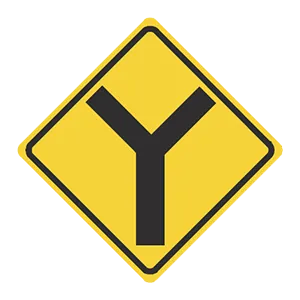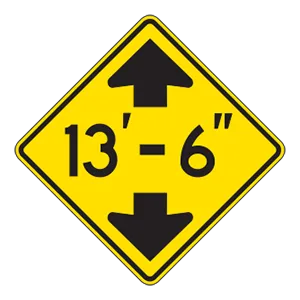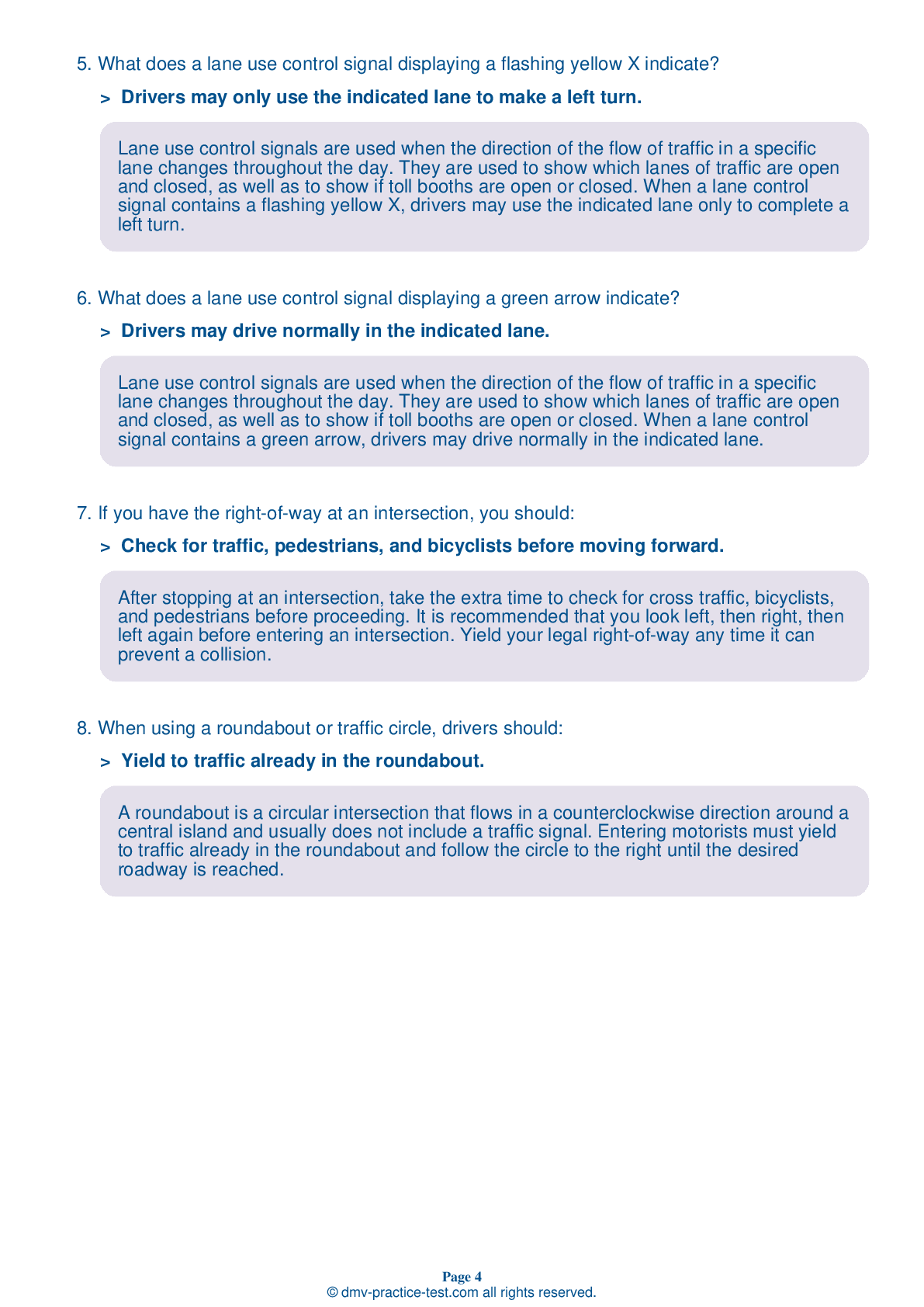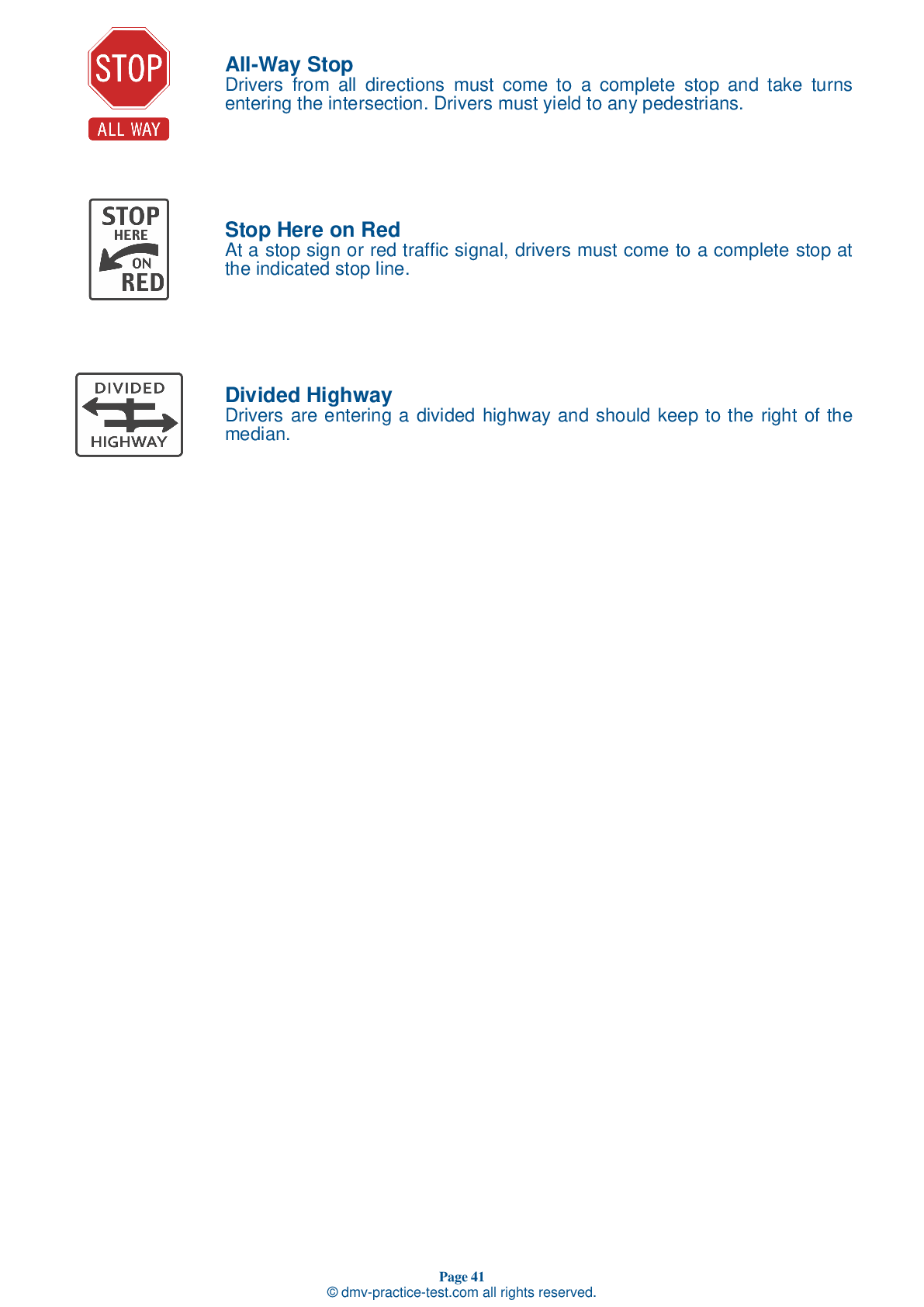FREE Maine DMV Practice Test #9 Page 3 of 7
For January 2025, Maine's DMV practise exams have been updated. It includes questions based on the most important traffic signals and legislation for 2025 from the Maine Driver Handbook. To study for the DMV driving permit test and driver's licence exam, use actual questions that are very similar (often identical!) to the DMV driving permit test and driver's licence exam.
Each question on the practise exam has a tip and explanation to help you recall the ideas. Questions about traffic rules, traffic signs, and driving statutes, as well as knowledge from the Driver Handbook, will be included in the written portion of the official Maine DMV test.
You must properly answer 50 of the 60 questions to receive a passing mark. To help you prepare for your Maine instruction permit or driver's licence, take our DMV practise test.
The DMV exam is offered in a variety of languages.
Using any form of testing help will result in an automatic fail, and the DMV may take further action against your driver's licence, so avoid it.
17 . This road sign means:

Warning signs are usually yellow with black markings. This sign warns drivers that they are arriving upon a fork in the road and they must bear either right or left.
18 . Water on the road can cause a vehicle to hydroplane. Your car may hydroplane at speeds as low as:
Hydroplaning occurs when there is standing water on a roadway. At speeds up to 35 mph, most tires will channel water away from the tire. As your speed increases past 35 mph, tires cannot channel the water as well and your tires may start to lose contact with the road and ride over the water like a set of water skis.
19 . This sign means:




